Marco Balesteros is considered to be one of the most talented and original Portuguese designers of his generation. We visited the creative in his apartment located in Baixa, the historical centre of Lisbon, which also serves as his work space.
It is this neighborhood in which old churches ring and tourists feet pound the pavements that houses Balesteros’ creative base. It is both here and throughout Europe that he has his network of contacts, especially in Frankfurt through the project; Random Press.
Half of the interview, was done in one of his favorite’s spots in Lisbon, Café Martinho da Arcada; the hangout of the city’s intellectuals that was frequented by Fernando Pessoa at the beginning of the last century. It is here where we spoke of Portuguese design, and how the economic crisis could change attitudes both positively and negatively.
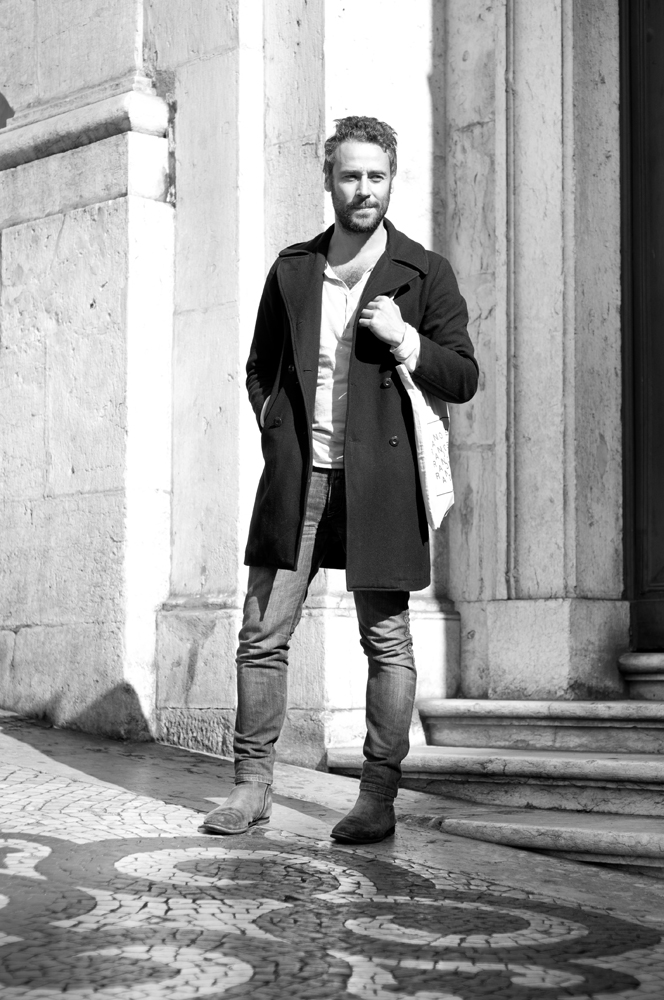
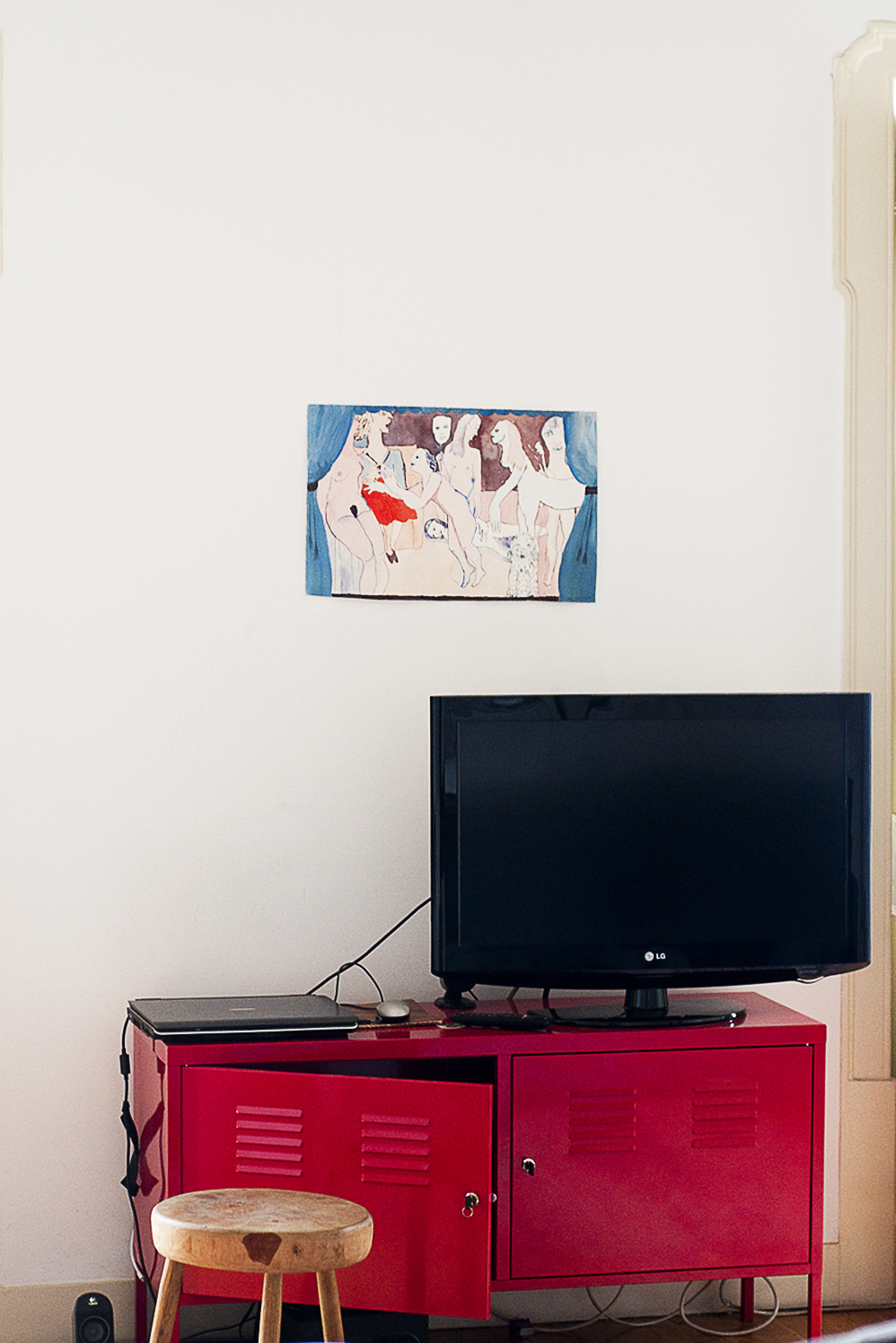
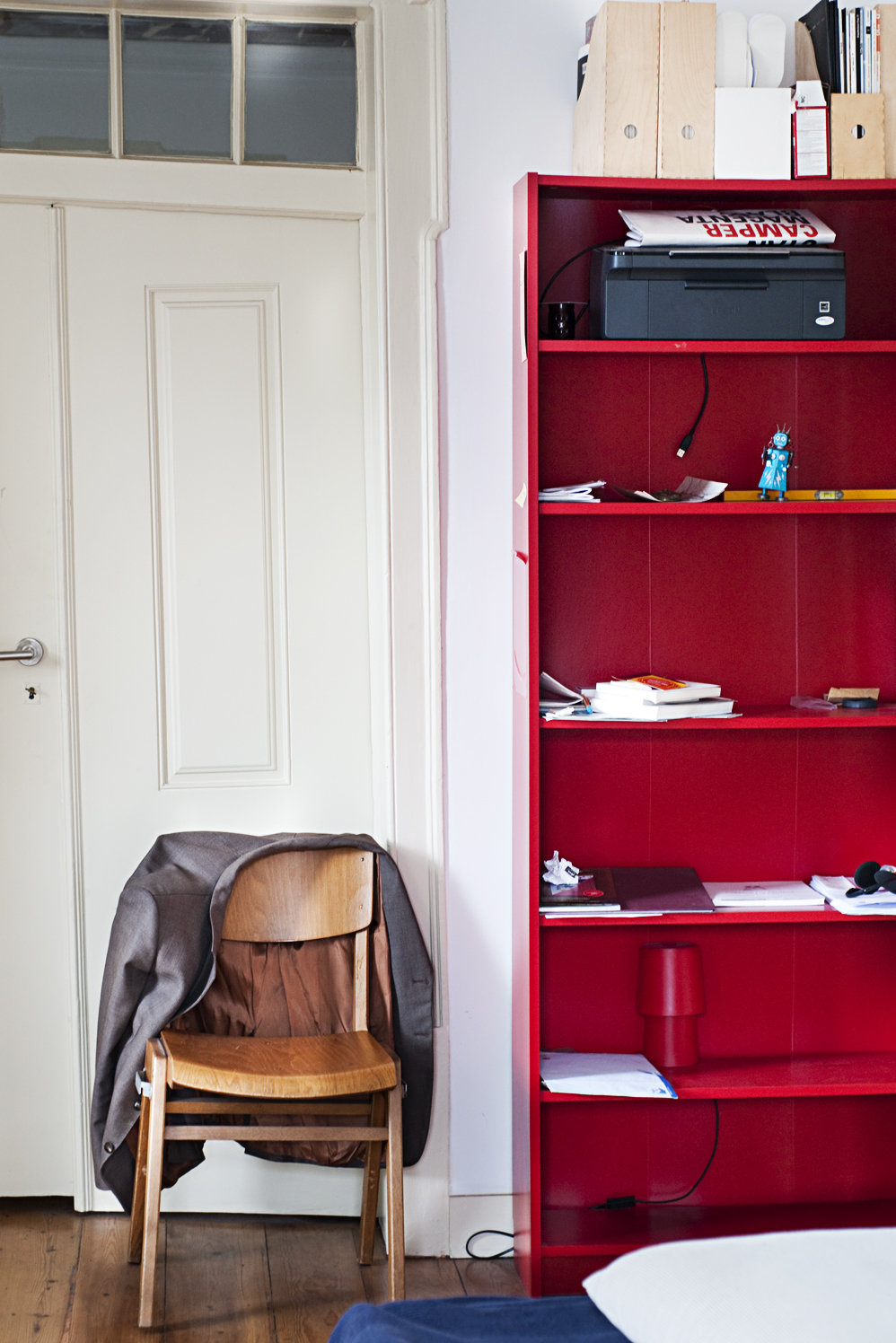
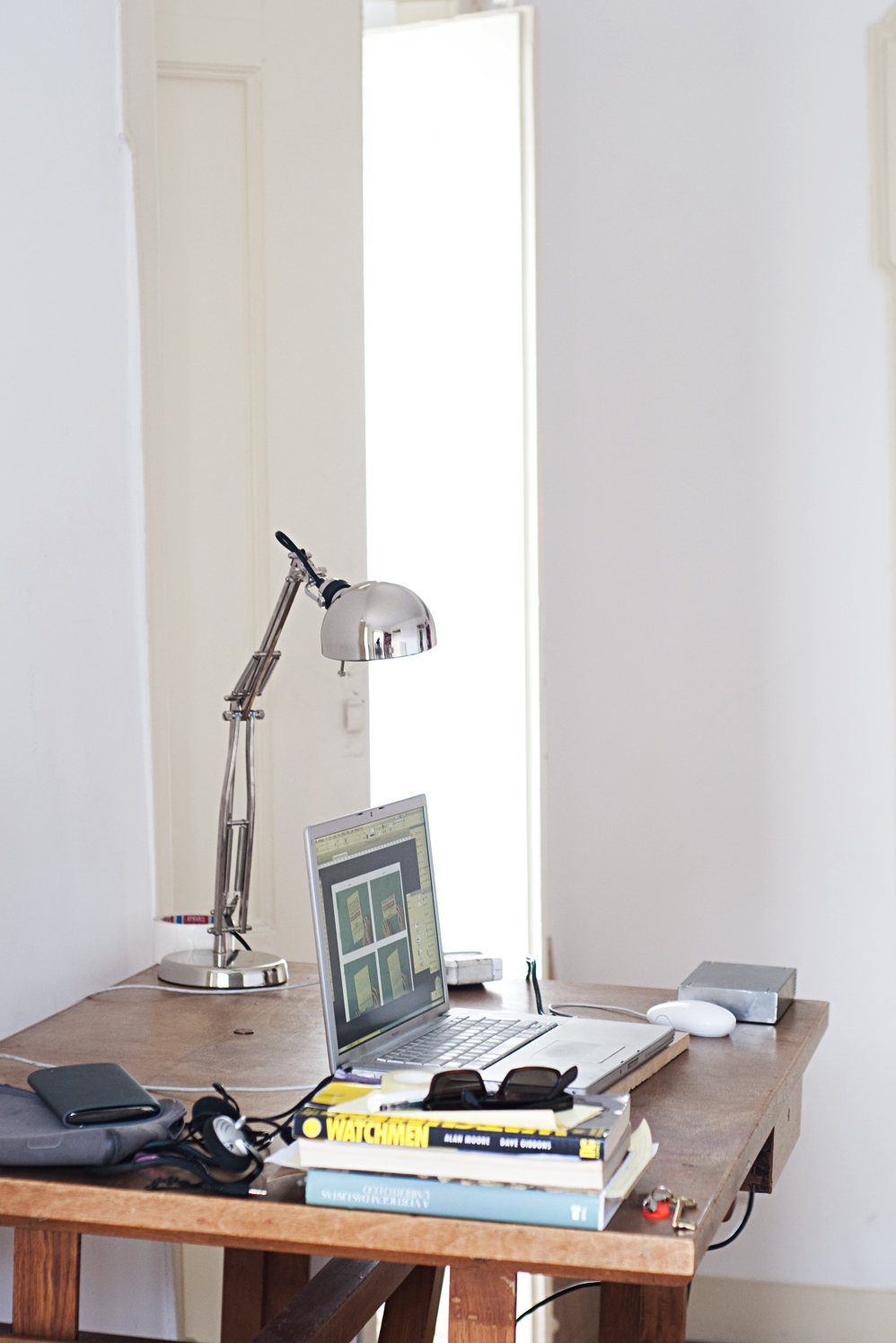
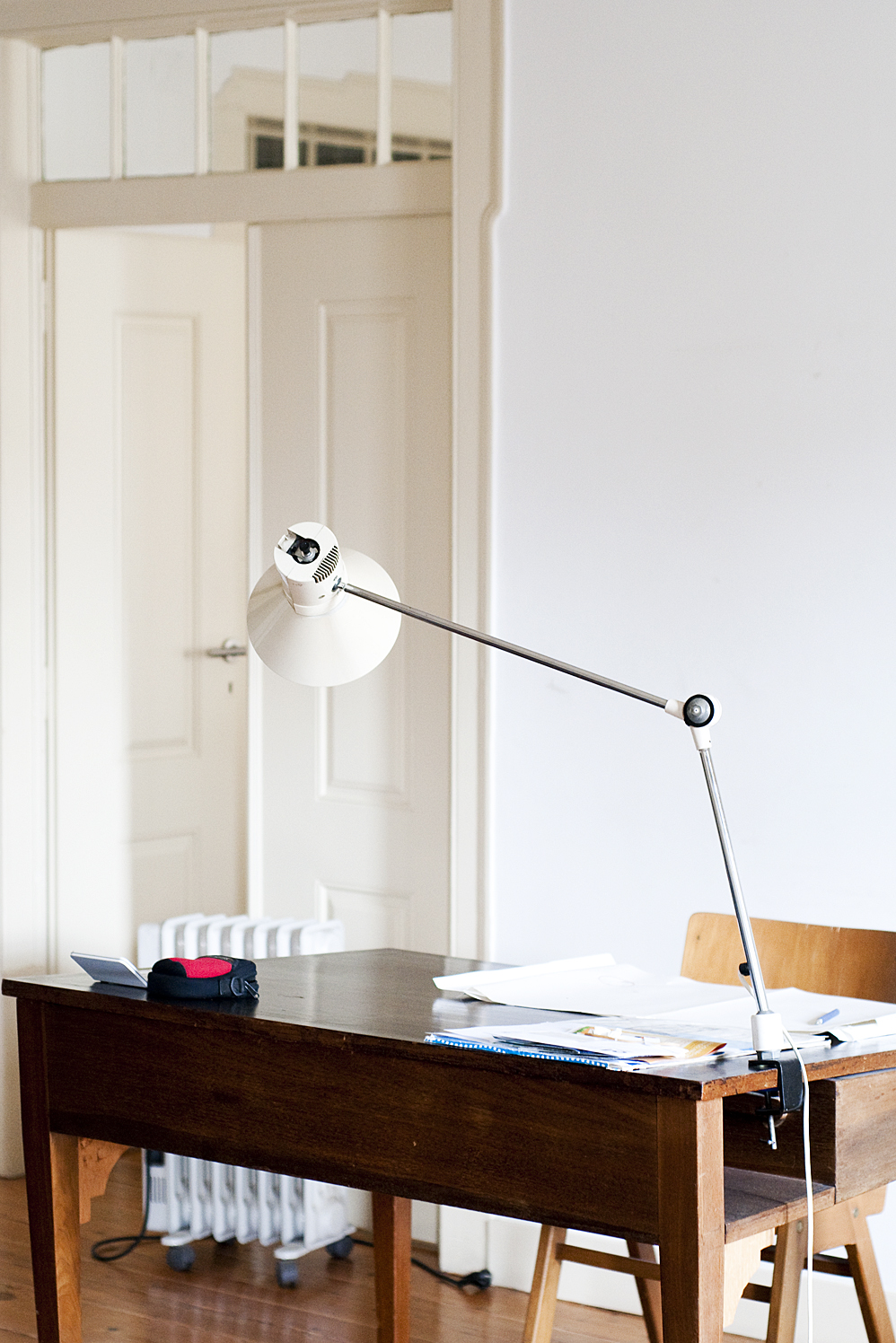
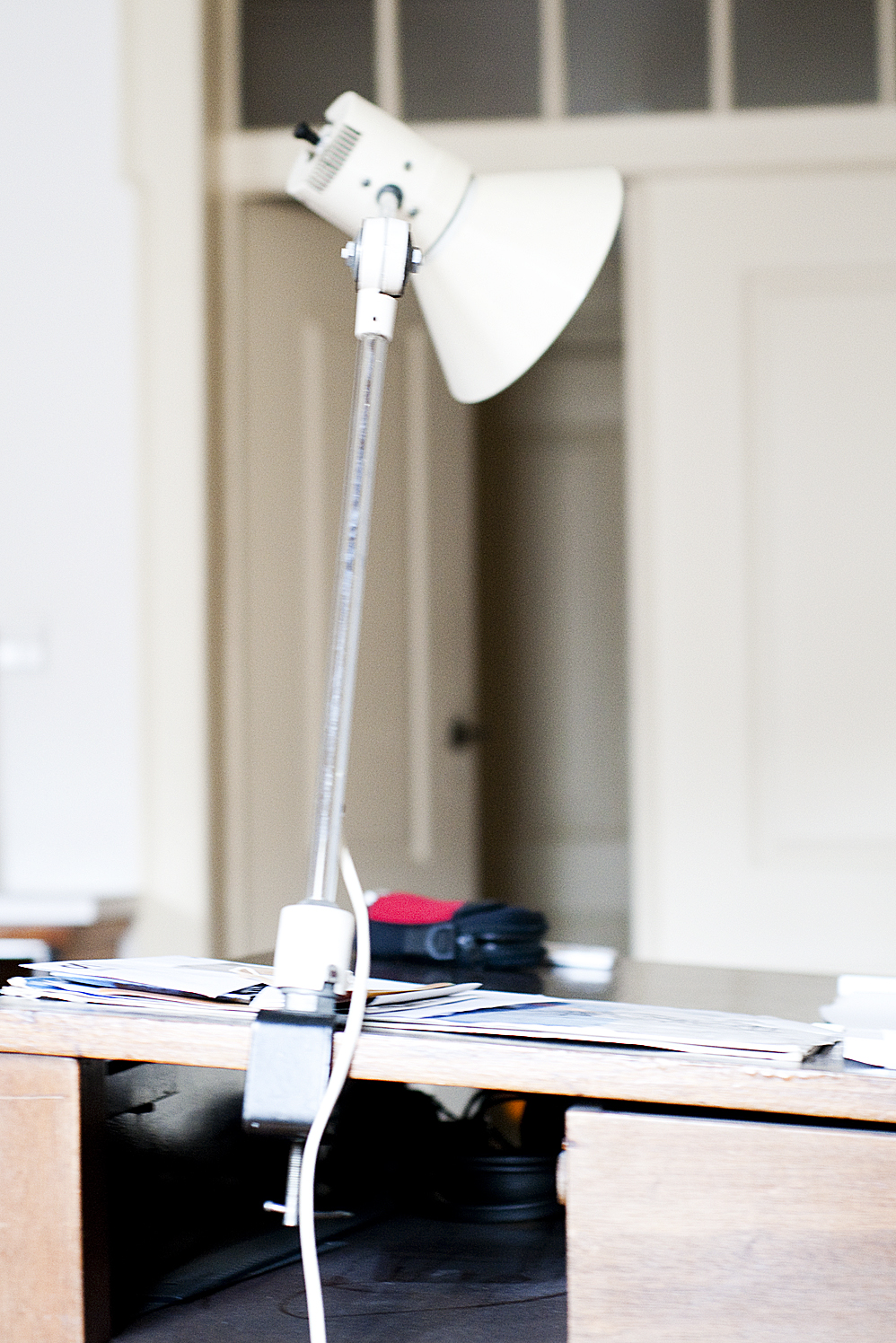
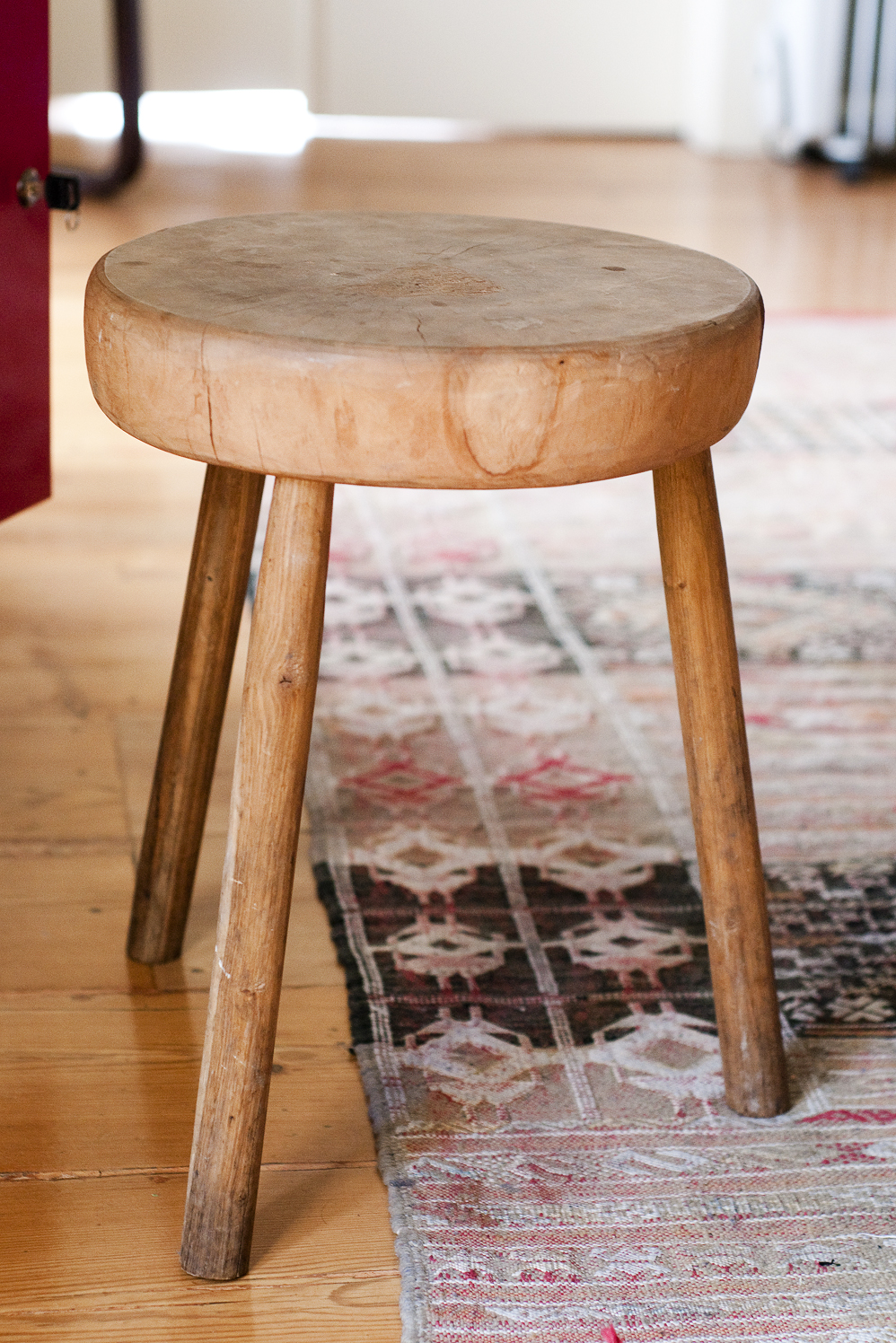
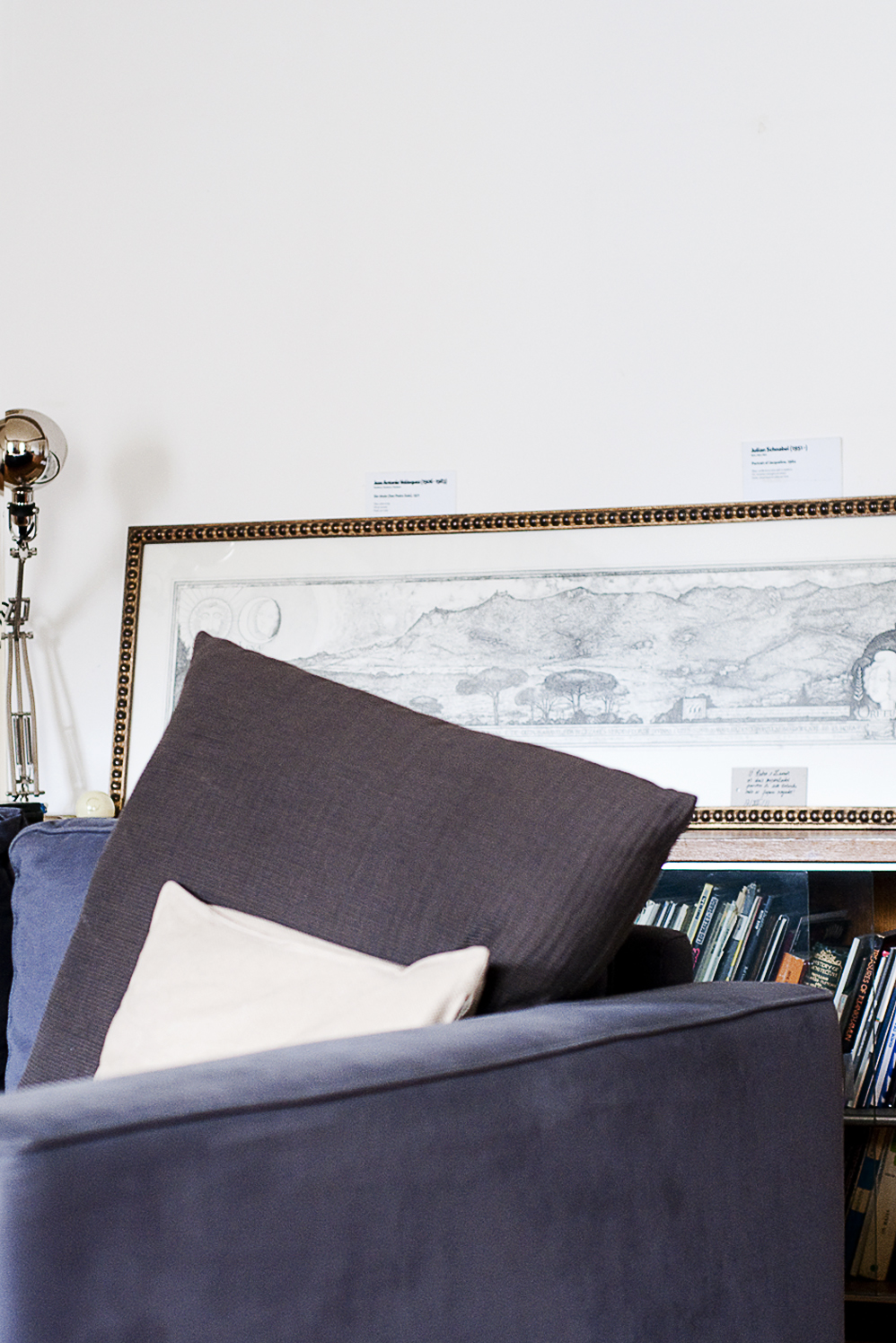
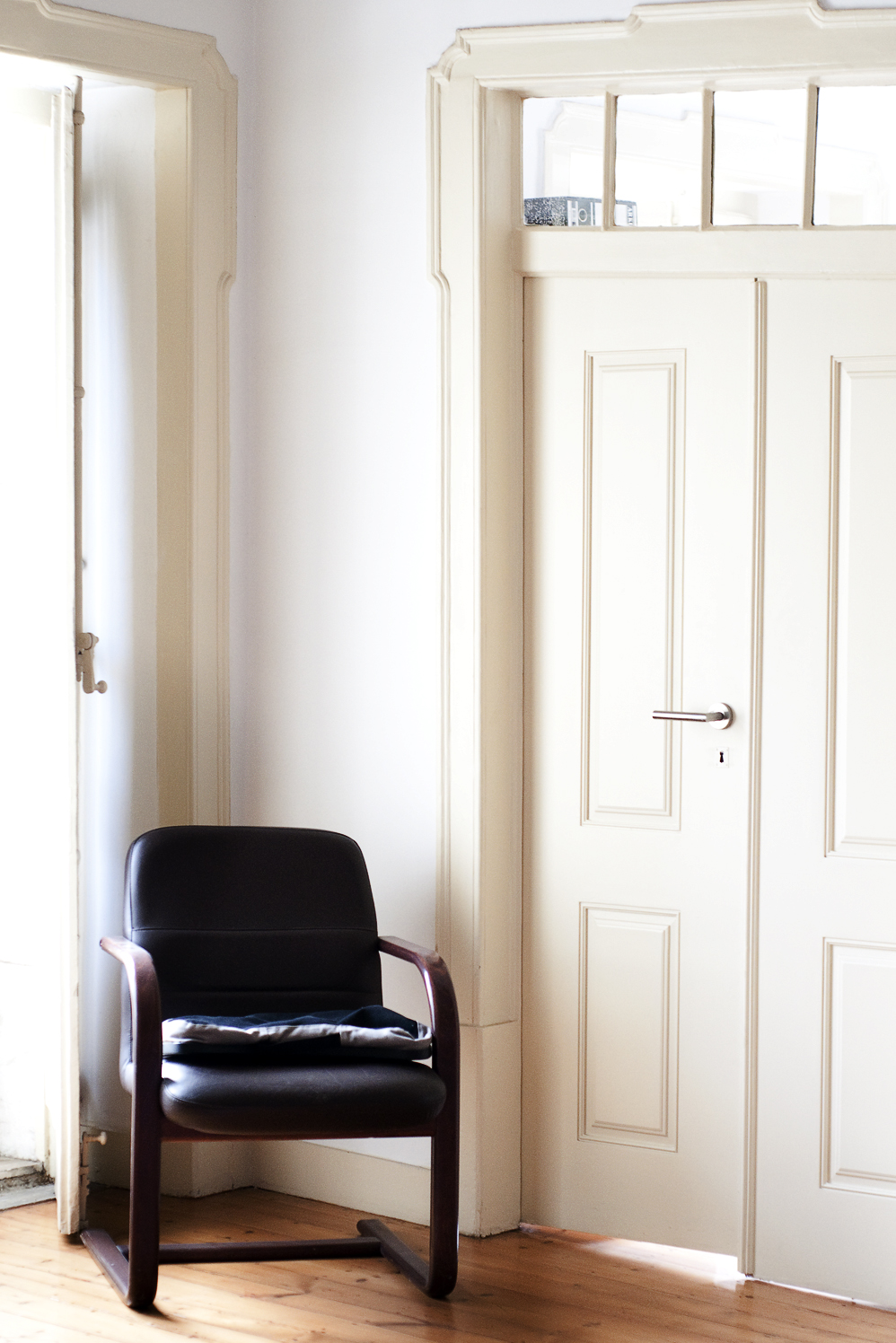
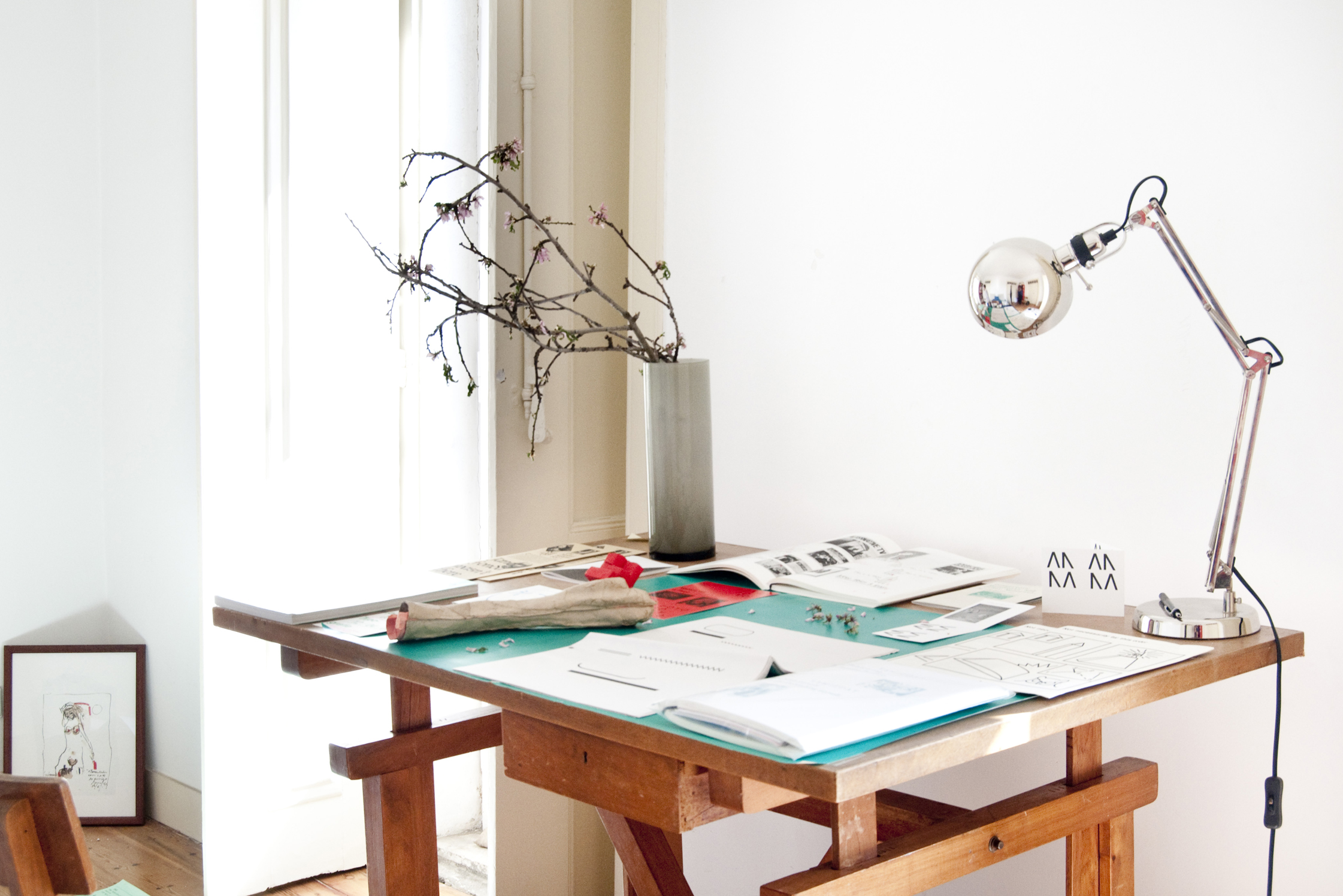
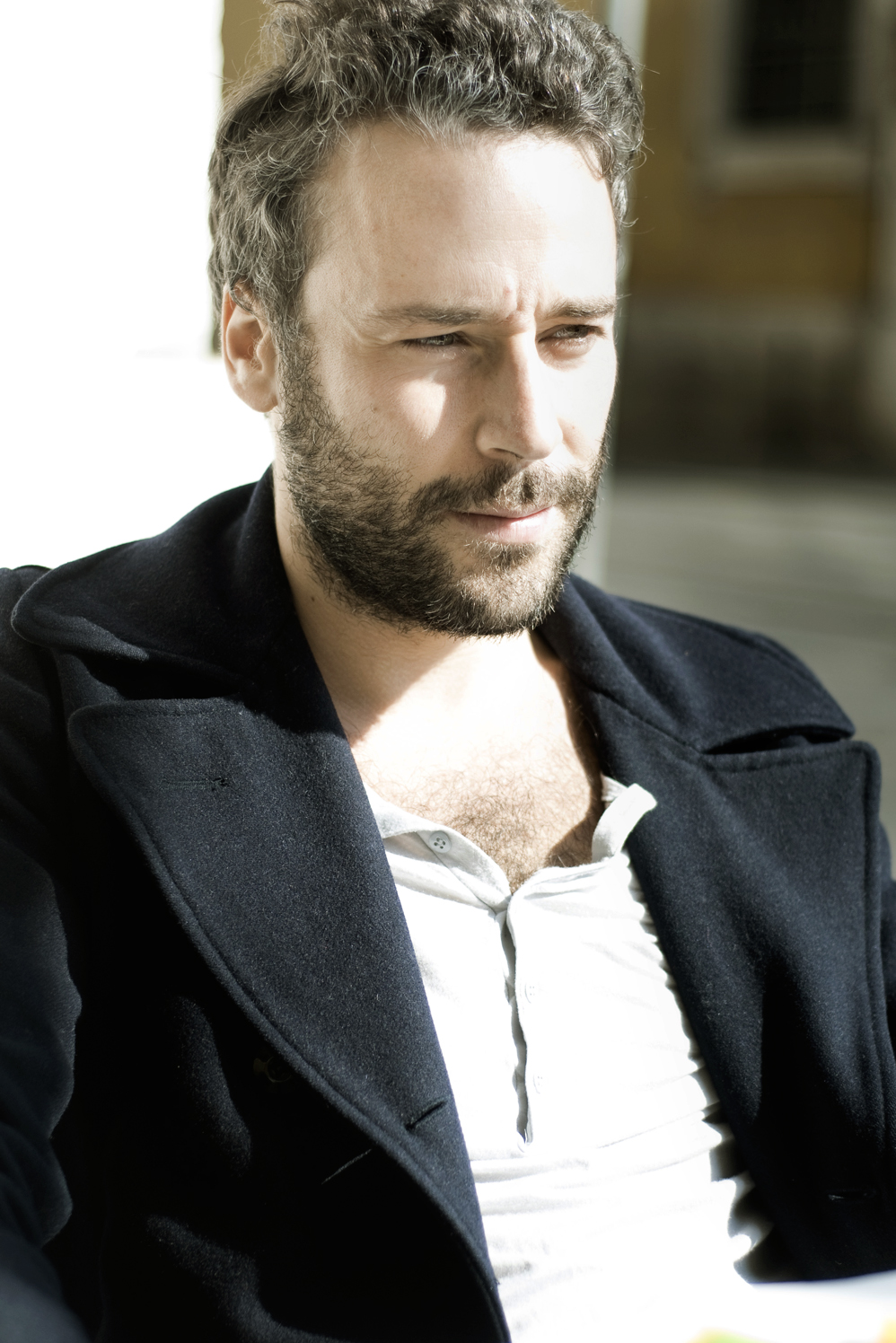
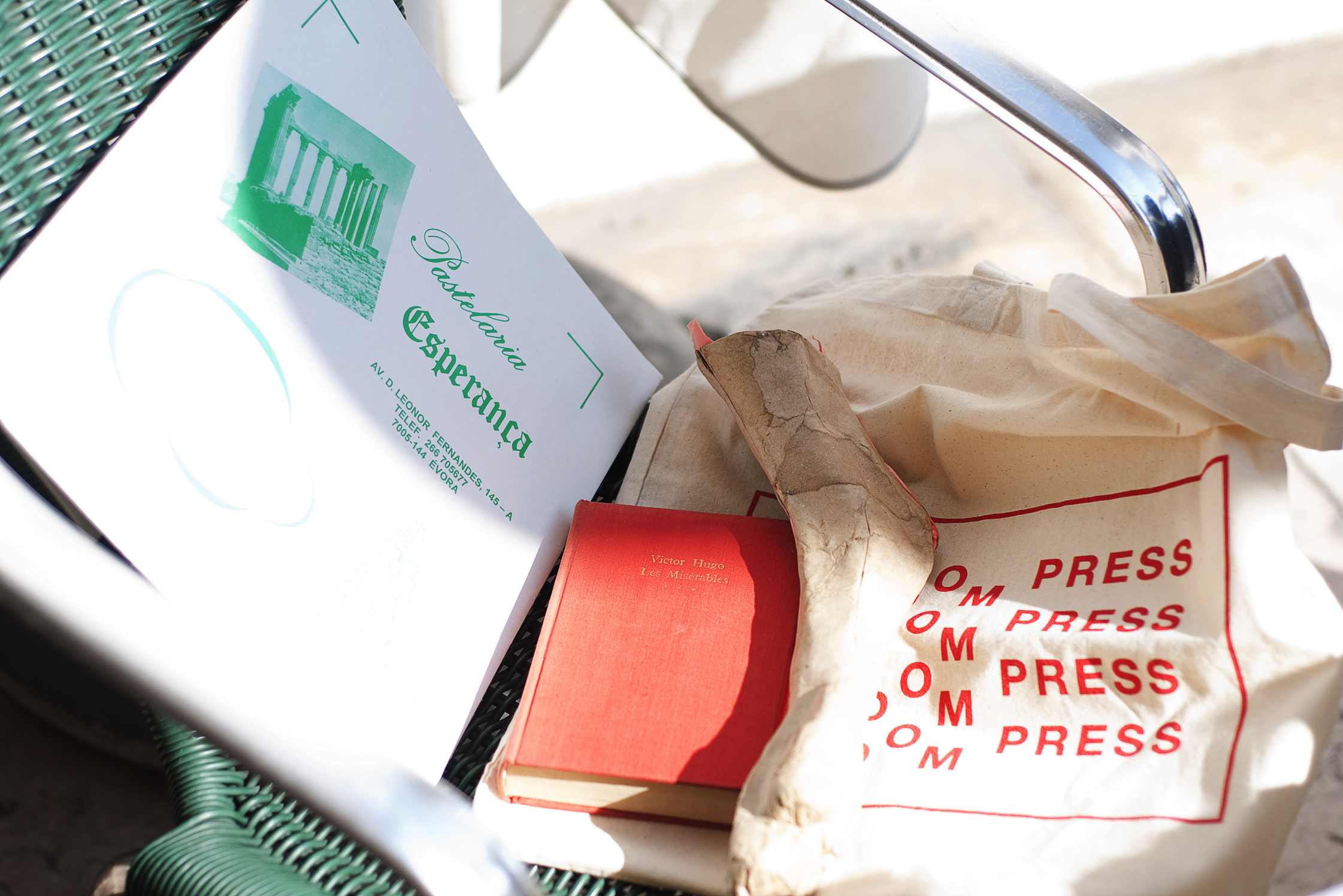
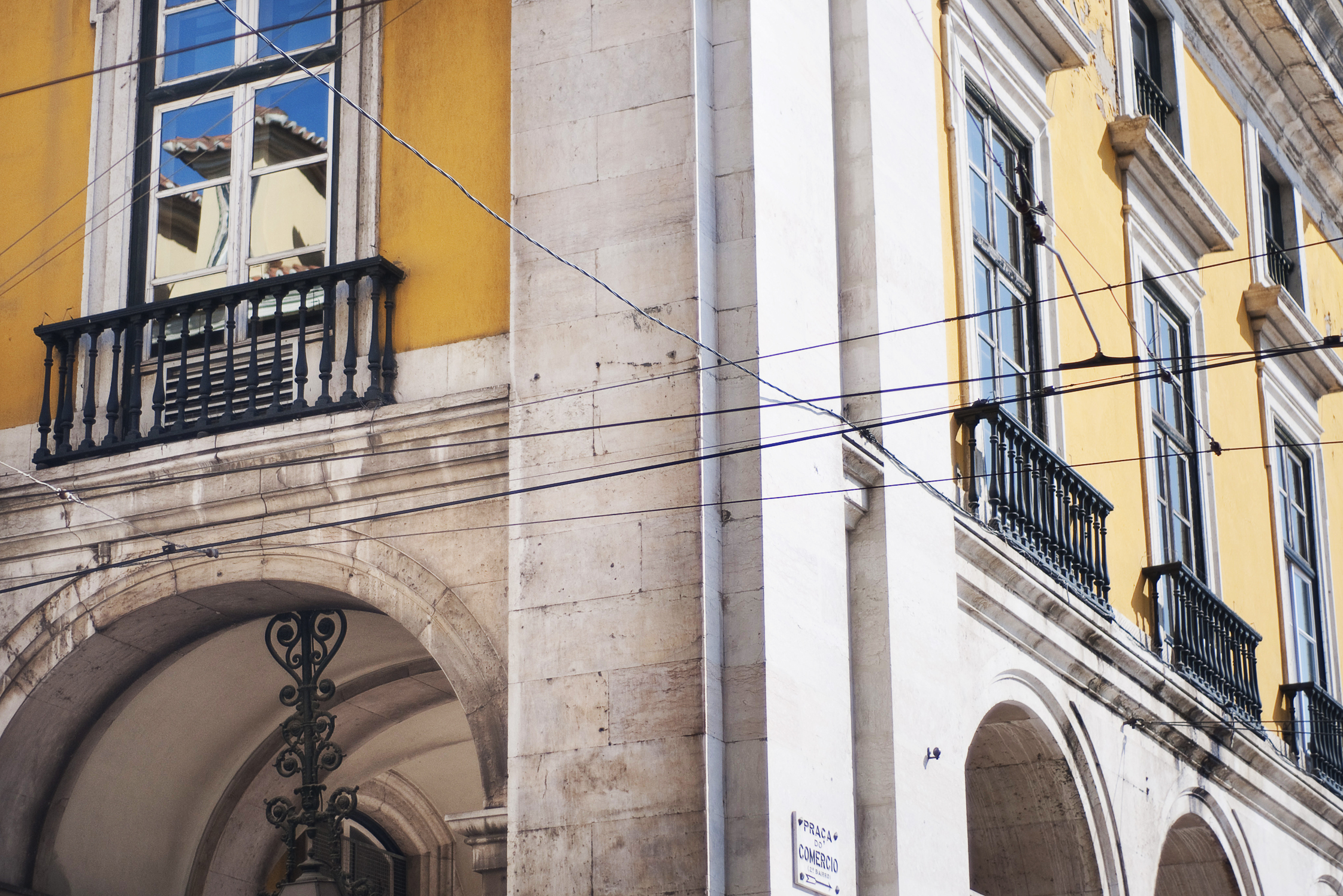
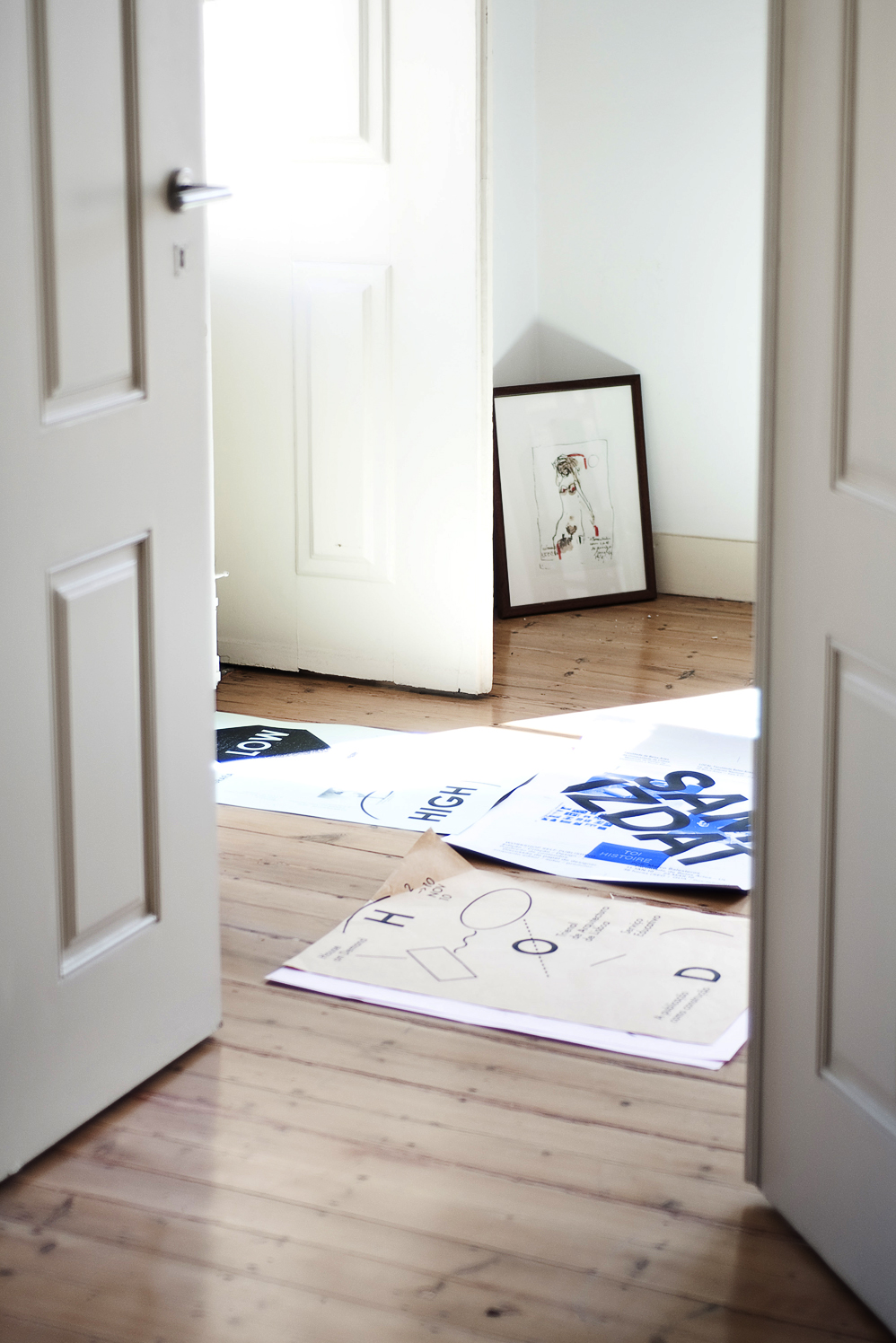
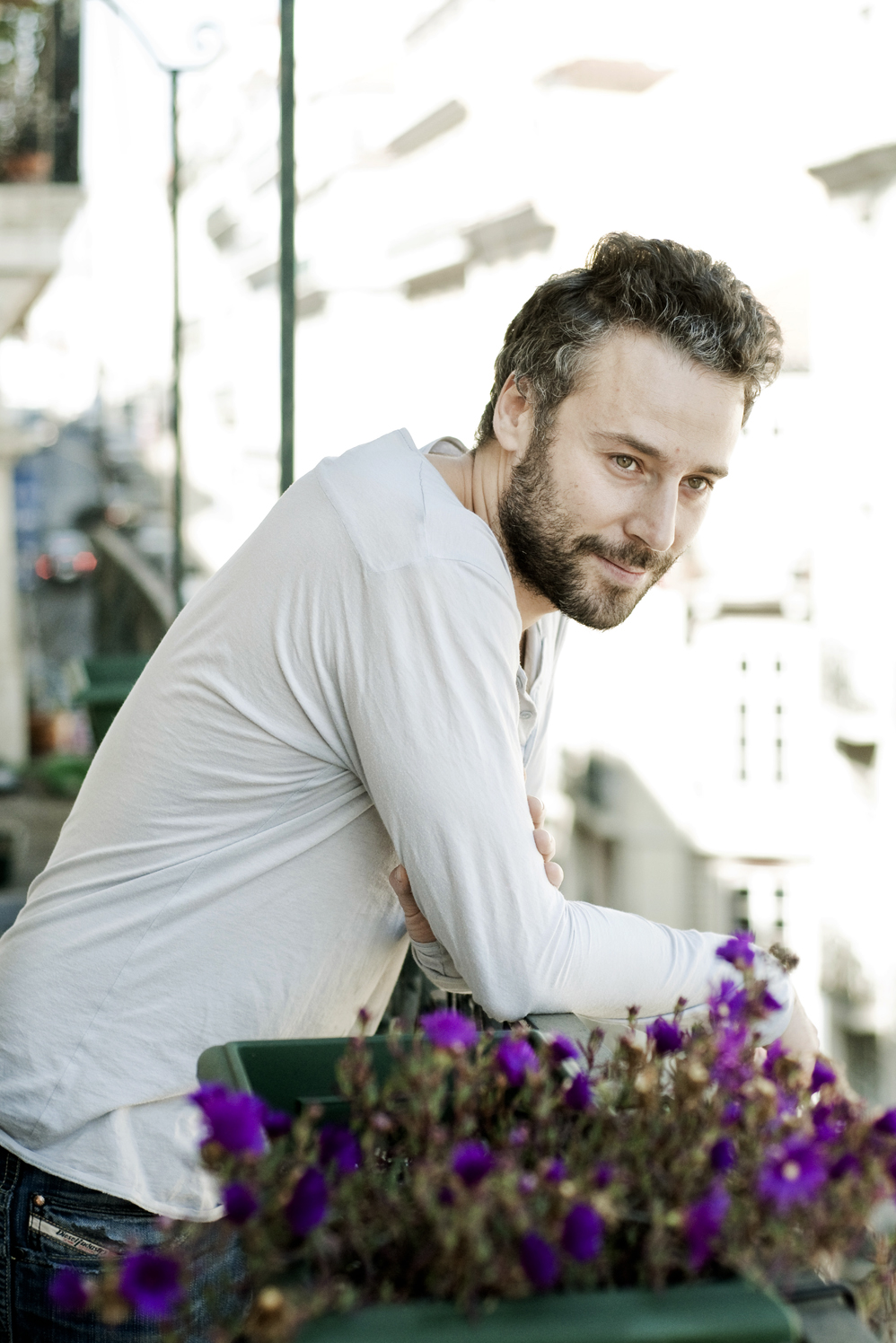
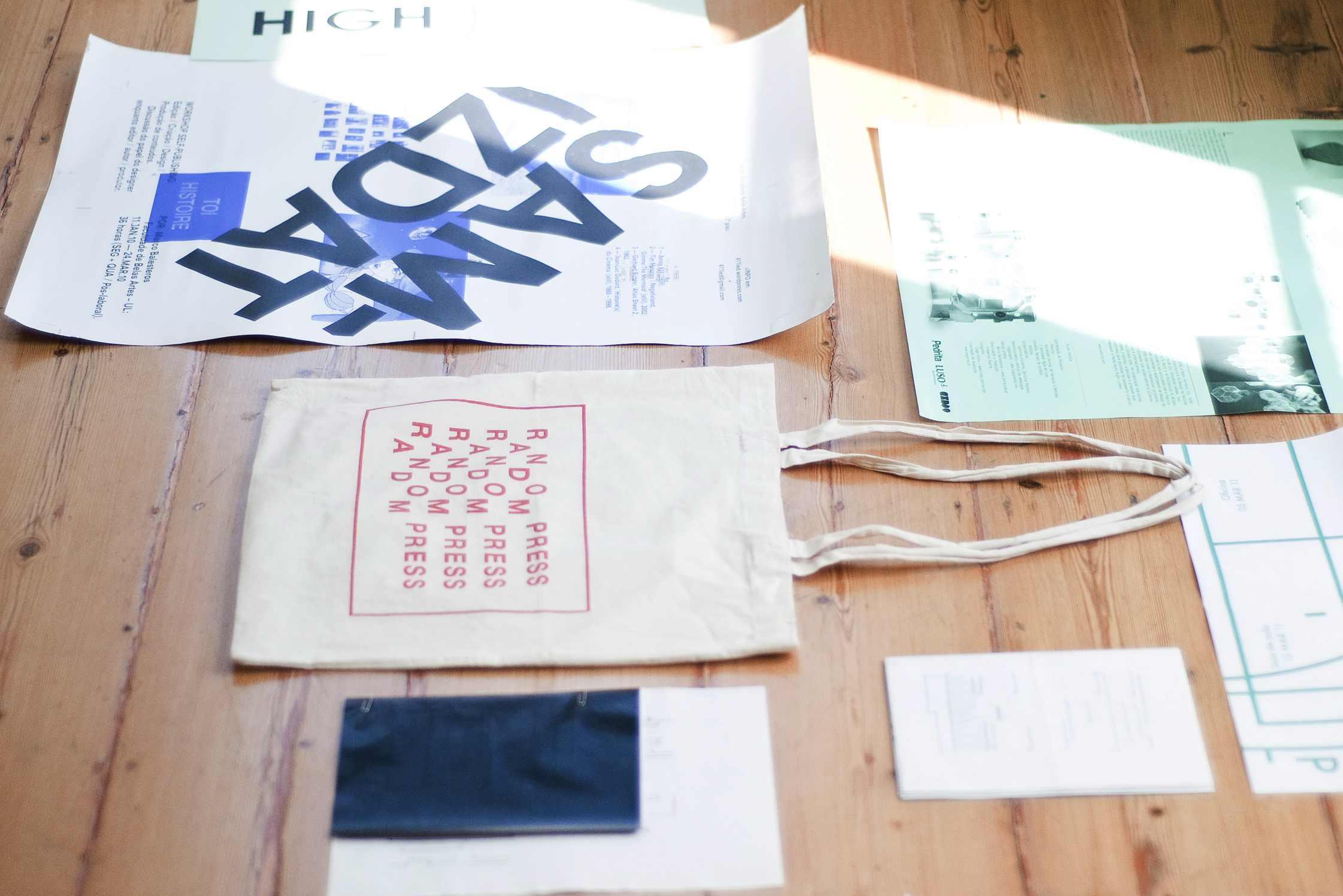
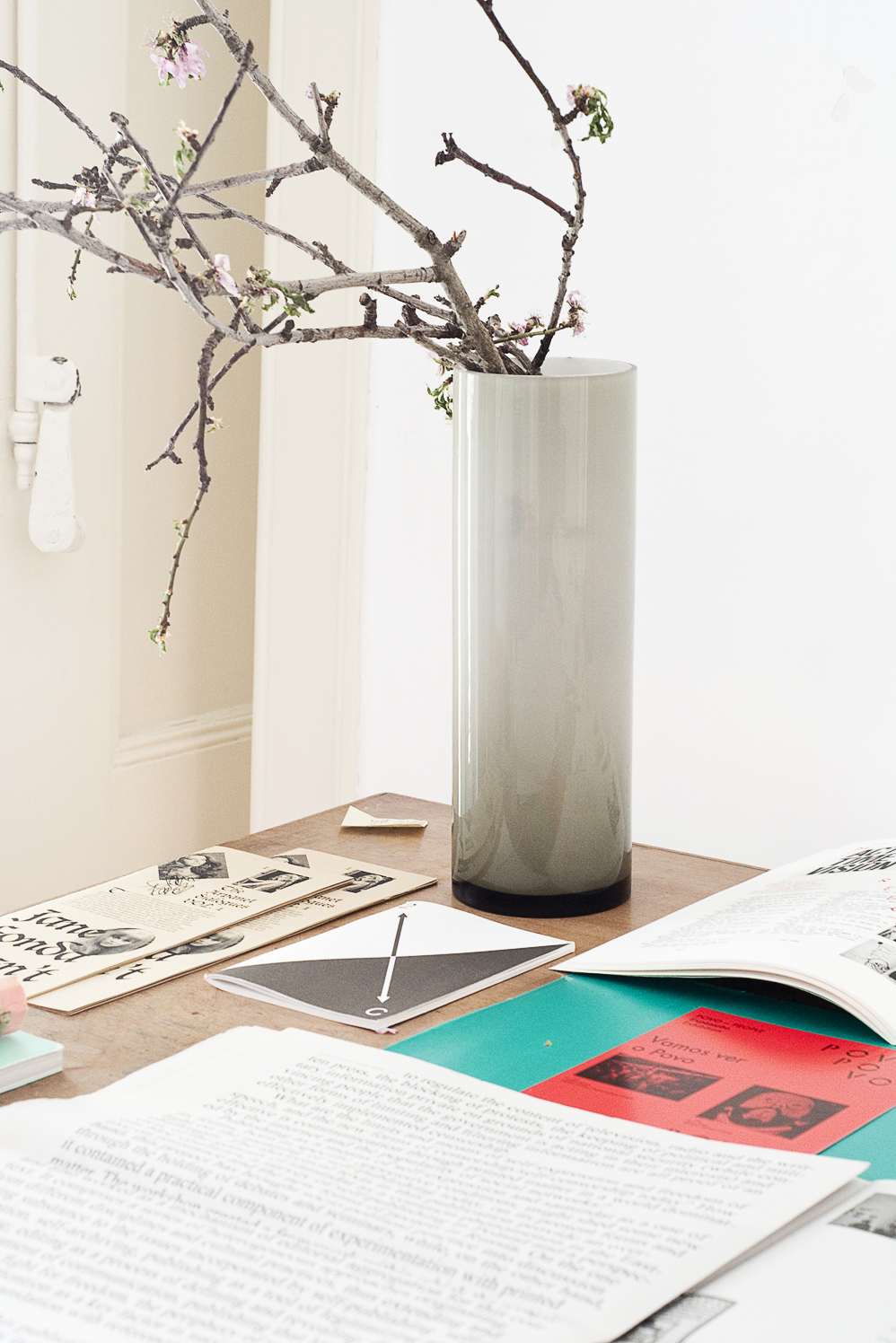
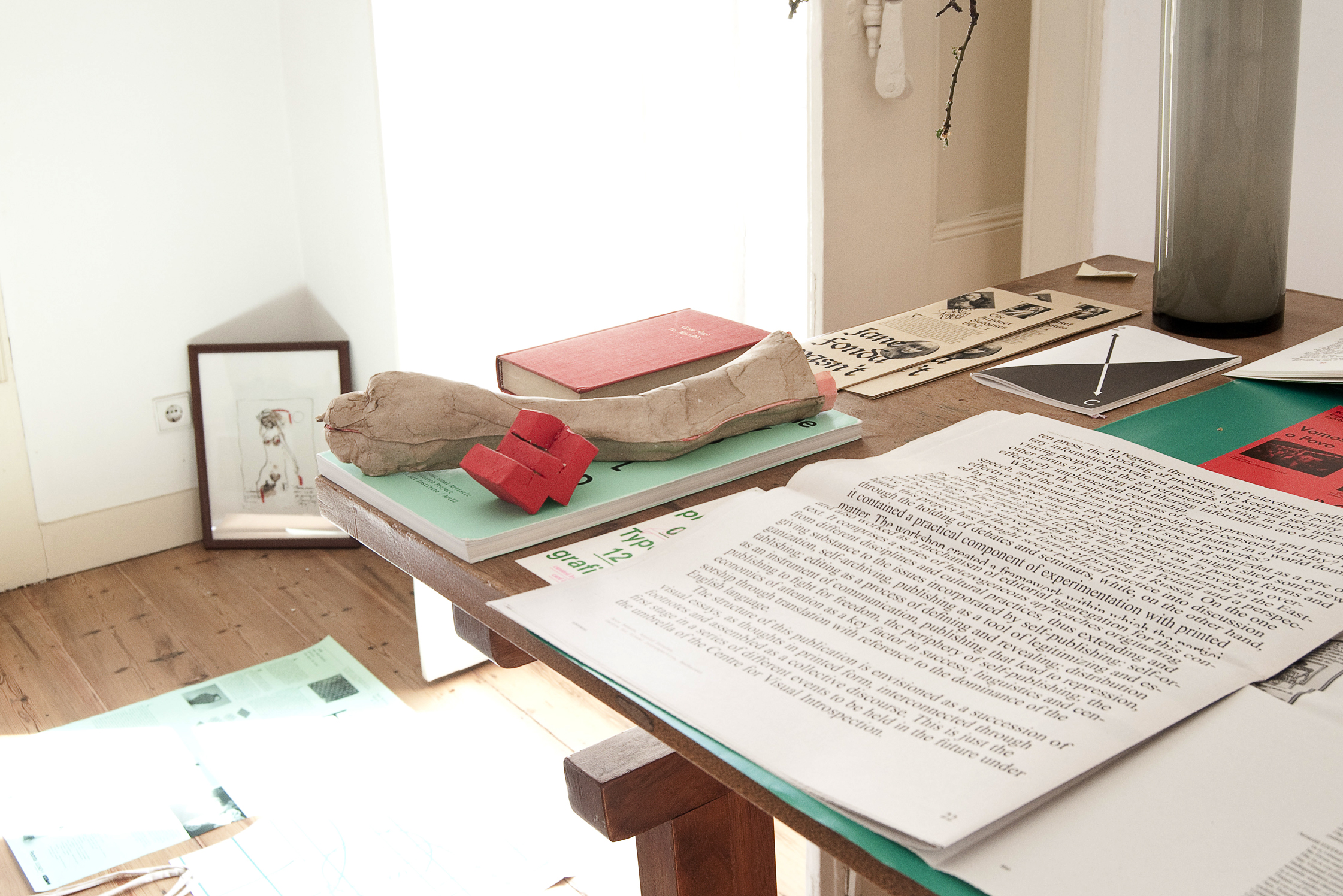
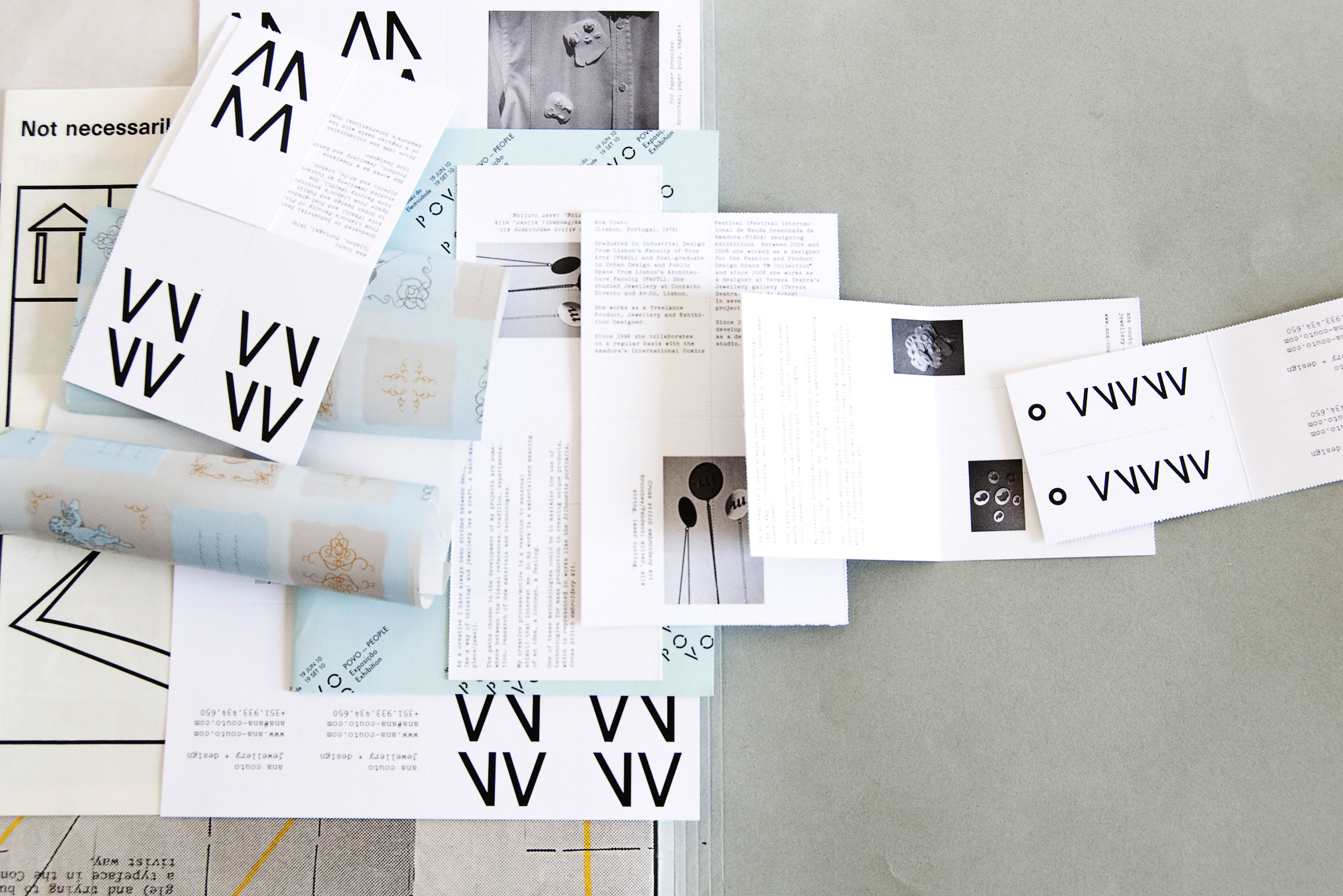
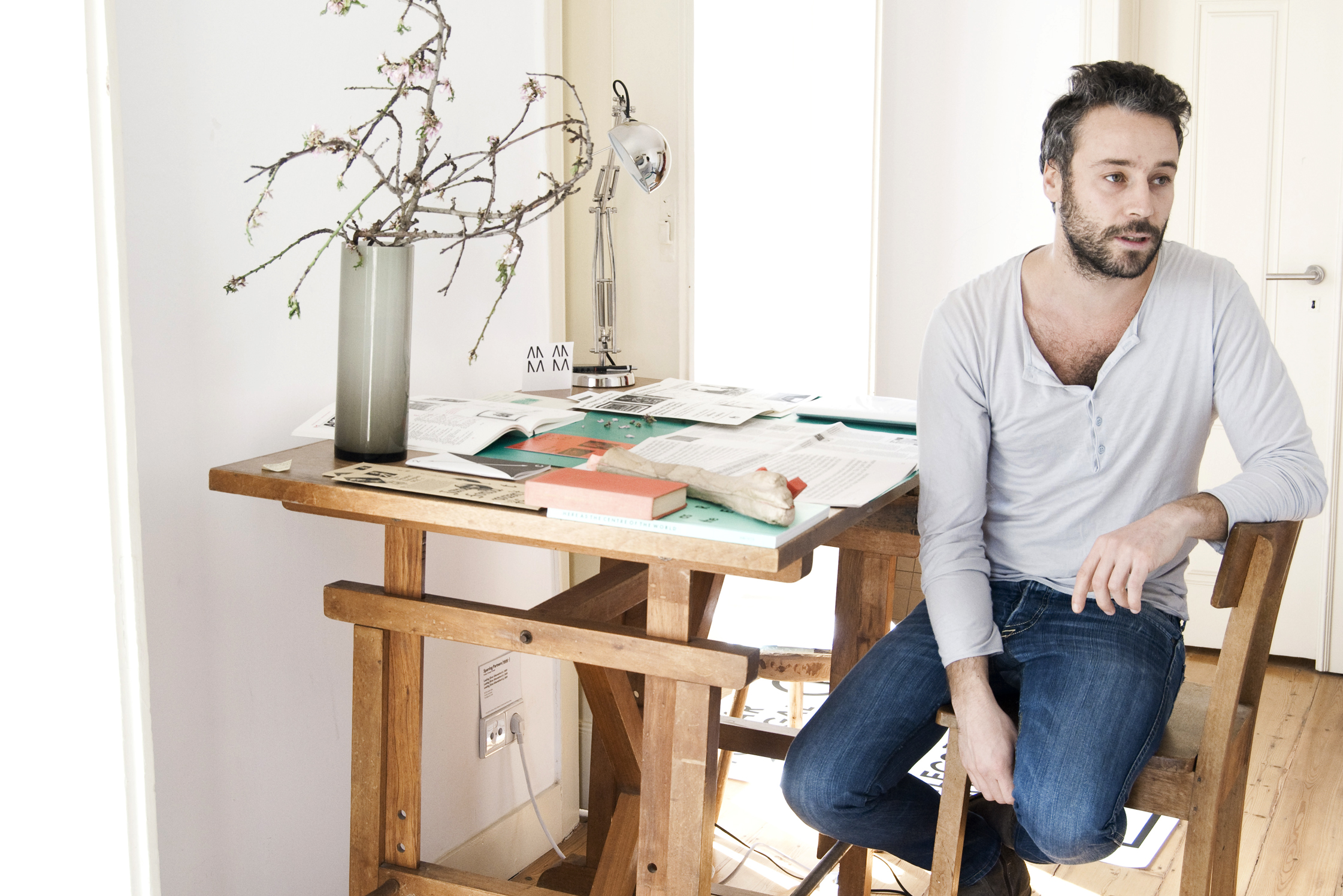
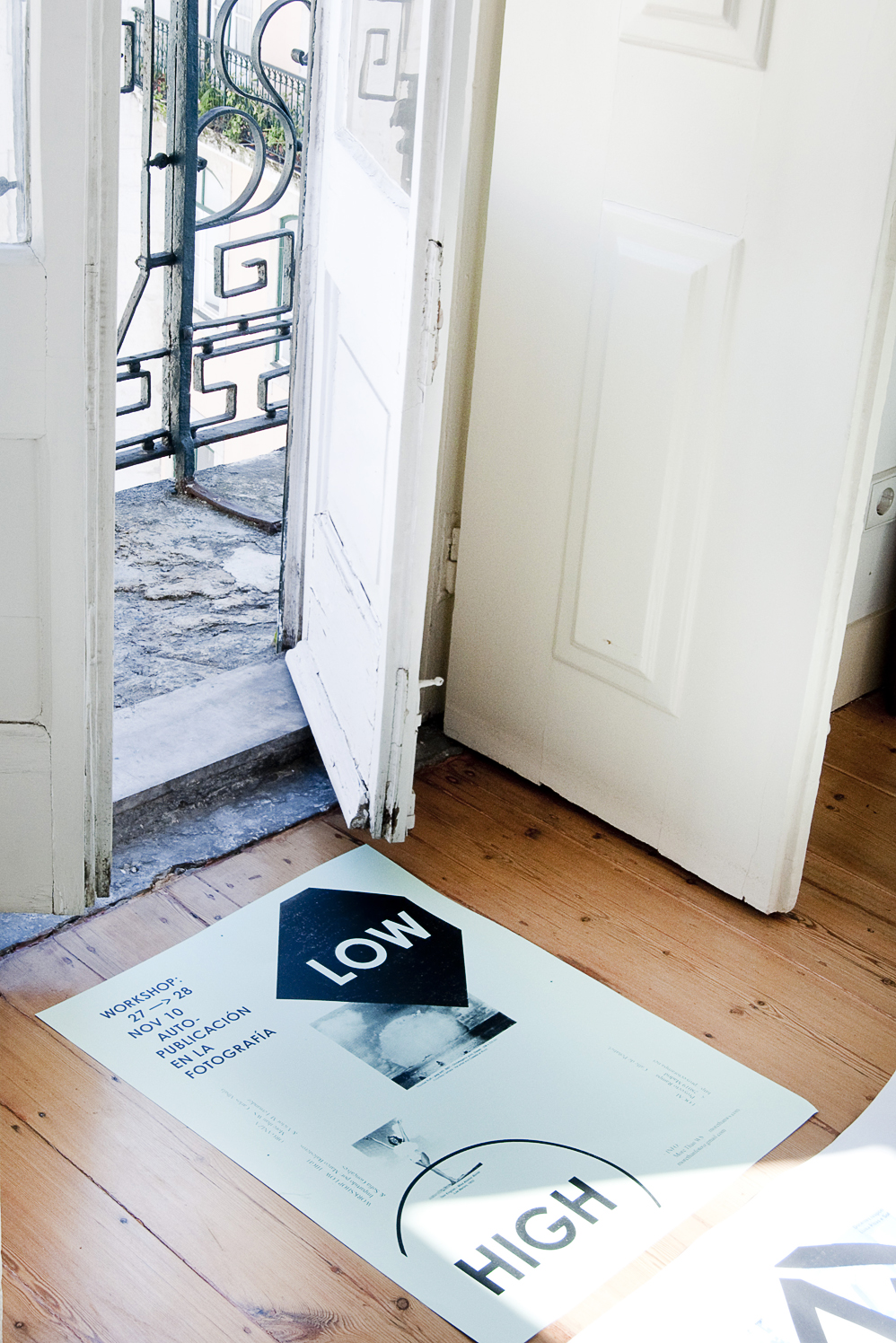
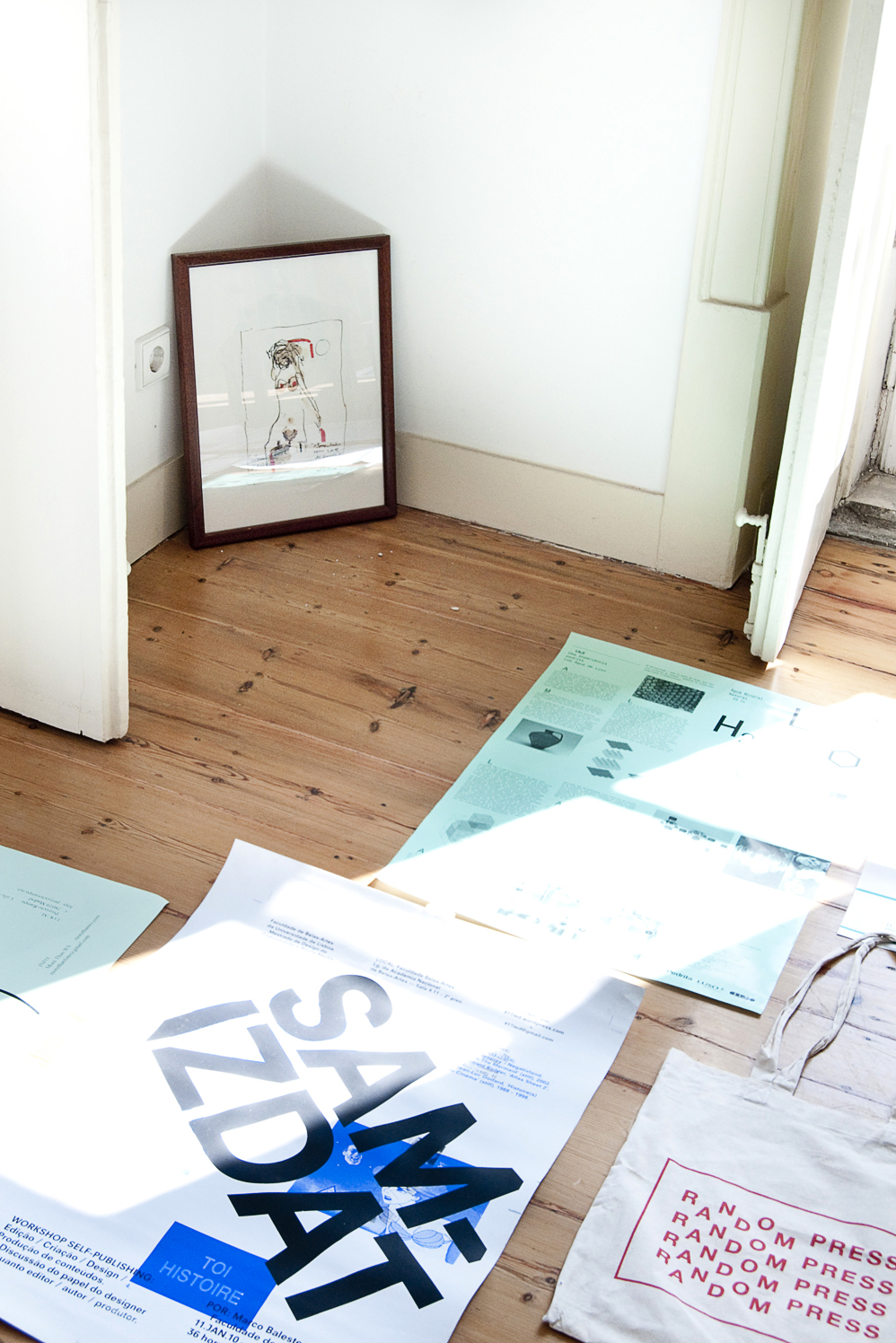
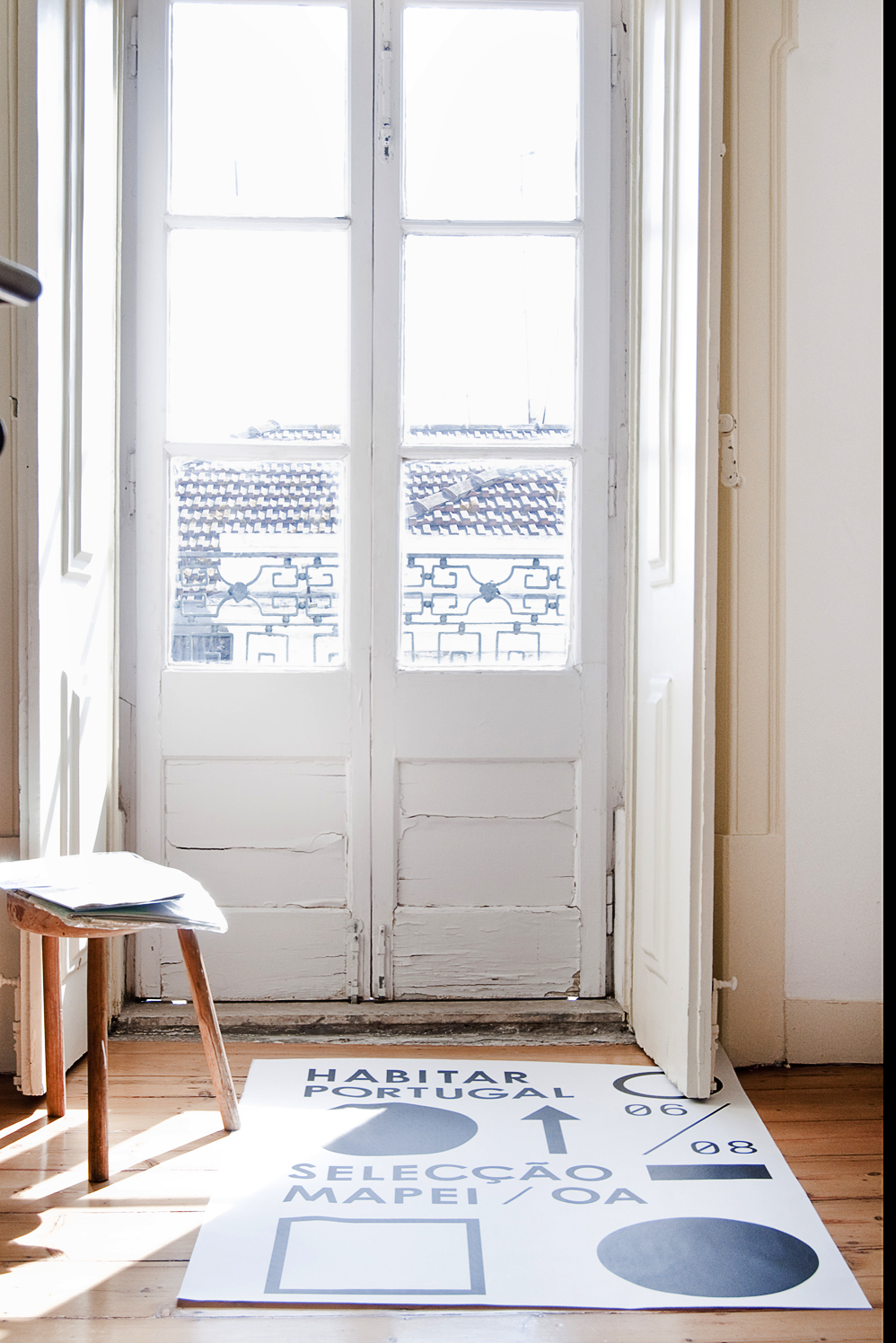
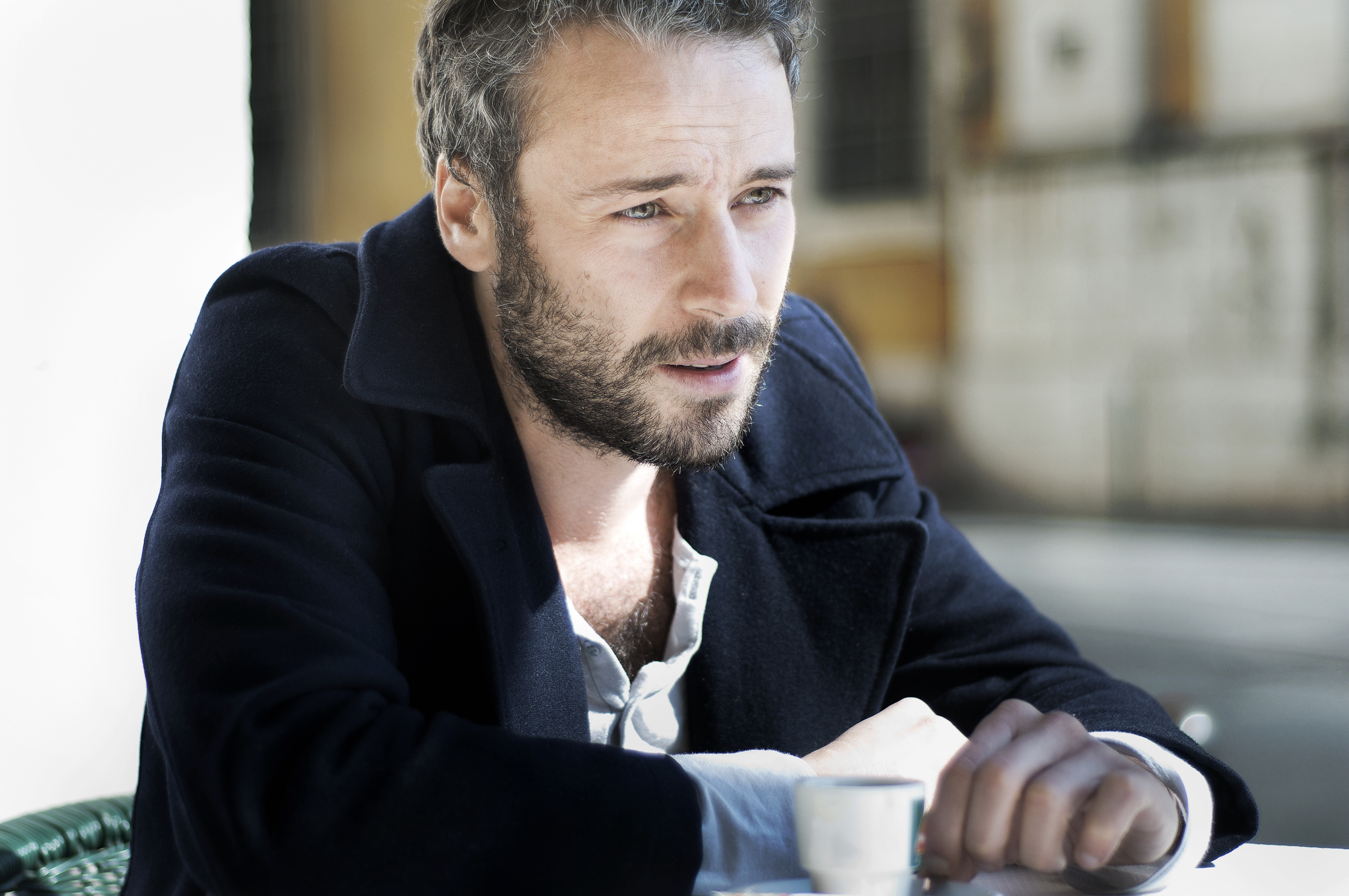
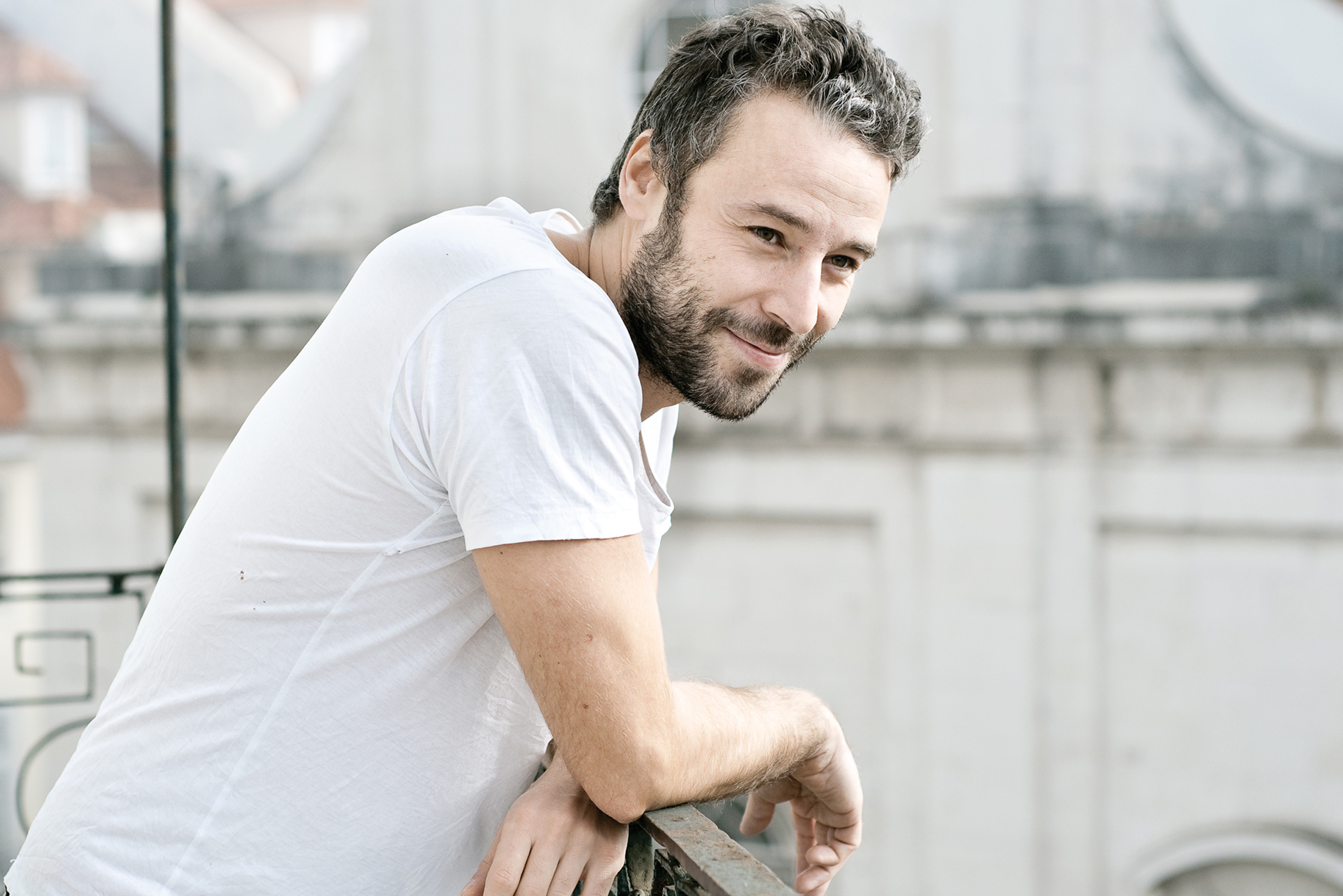
Are you a Lisbon native?
No, I’m actually from the city of Évora. I came to Lisbon to study at The Faculty of Fine Arts.
What was it like to adjust to a larger city?
It was actually pretty normal; the distance between Lisbon and Évora is not that great (about 130 kilometres). Of course one must always adapt to living in a larger city, but I see Lisbon as a small town… So it was not really that challenging.
Have you always lived at the centre of Lisbon?
Yes, Lisbon has always interested me; especially the centre and the connection made between Chiado and Baxia as these are the places I frequent.
Before you moved into this house you spent two years in Arnhem, in the Netherlands, where you attended the Werkplaats typografie course. Why did you decide to return to Lisbon?
There are many things to be done in Lisbon and while the climate for this is better in Holland, so much has already been done there. I also feel that it is very important that as designers our work has its own identity created by the context of the place, in which it is formed; this is why I returned and I want to be based in Lisbon for now.
Aside from the Netherlands, you also have ties with projects in Germany, most notably through Random Press.
Yes, Frankfurt in particular through Random Press, which is an independent publishing house that I founded in collaboration with Micheal Satter and Sandra Doeller. It exists and runs between Lisbon and Frankfurt; it grew out of a shared love of publishing. We all have very different interests and approaches, however we manage to maintain a very relaxed dialogue despite the distance. Random Press is still a fairly new project and is finding a direction of its own; we want it to be defined by the work that we do and the dialogue we create with our readers and clients.
You live in a house in Baxia Pombalina, which also doubles up as your studio; does living and working in the same space make for a peaceful coexistence between the two?
So far yes. Most of my work is done through a series of mental processes. Each step is part of constructing the process and that occurs through reading, walking around the city, talking to people, dining, watching movies, listening to music or a lecture and so on… From there on it’s a pretty quick operation and ultimately leads to the completion of a project.
You live in a very traditional district of Lisbon and unlike other centers of European cities, it is sparsely populated verging on desertion. How does one live here?
Yes, this is true. There is no feeling of being in a neighborhood even though it is the city centre, the area is uninhabited. However, I do enjoy the fact that night-time is peaceful – this is very unique and special to the area.
How does living in this area influence your work?
I am always attentive to the small details of things I see in the street and somehow this influences my work. My work is both raw and archaic, drawing parallels with the area in which I live. Shop windows and restaurant menus also act as inspiration; the whole thing is very raw and authentic.
And is this area typical of Lisbon or is there a greater mixing of cultures?
Lisbon is not that multi-cultural and one does not see as many separate communities as one would in other cities, the Portuguese soul is very evident here. There are a lot of people passing through this area including many tourists. However, there are not many people from other countries who make up specific communities; so foreigners ultimately mix in with the locals.
With regards to your working methods, is it possible that your international experiences changed something? It seems that you have become more organized and systematic in your approach. Would you consider this true?
The two years I spent in the Netherlands turned out to be a turning point in my career. I began to find it easier to understand what it is that I wanted to create and can now be more focused with my work. However my time management still tends to be chaotic.
When did you realize you wanted to pursue graphic design?
During my early training in Évora I was more drawn to visual art. I studied sculpture at The Factulty of Fine Arts in Lisbon, but then graphic design captured my interest. I came to realize that I had more of a connection to the applied arts, where it is necessary to work within constraints from the beginning of the process. What is interesting is that more recently I have been drawn to self-initiated and non-commissioned projects where I decide on the brief and its limits. Through this, I have ultimately distanced myself from doing design as a service; however I believe that even in the relationship between the designer and the client, this idea still bears relevance. Copyright is also a big issue and dealing with it is a work method in itself.
Do you believe that designs can be copyrighted?
Contemporary design is finding a new direction, this includes the emergence of designers with more prominent positions. Their work is not defined by purely their commissioned work but by developing other areas and projects outside of design.
What projects are you currently developing?
I am making a video for Small Talks of AIGA Chicago. A panel of several designers from around the world produce short videos portraying their practice and the context in which they do their work. The idea behind this is to create an international dialogue on the practice of design. My video is still a work in progress; I want to avoid the common idea of showing just the studio and the work, not to say that this is not enough, but I am currently looking at different ideas.
Can you assess what is happening with the new generation of designers in Portugal?
Think back to a year ago; the ability to communicate and establish contacts through the internet was flourishing. Social networks yielded good results and through this few very interesting designs were created. It seems to me that there is a community emerging in Lisbon and Portugal. The building of a community is very important to me and I see it as something that must urgently be done if we hope to see the profession grow and wish to affirm our place in the international arena.
What do you think of as positive and negative with respect to design and cultural production in Lisbon with its peripheral position in relation to other European cities?
The positive is that very isolated people have always created very specialist and genuine things. However nowadays, with the internet, we are not as isolated; we are perhaps isolated from cultural happenings and of course financial flow. I am still trying to define for myself how Lisbon can feed my work. It is not always a peaceful relationship that I have with the city, but I can say that it was here upon my return from Holland that I was able to consolidate my work.
But in terms of design, can you identify something truly Portuguese? A nation spirit if you like?
I cannot identify a 100 percent Portuguese-side because there is no community or a particular school of thought. They take inspiration from many different places and maybe it’s this patchwork that shapes the Portuguese identity. I recognize the way in which I have been influenced a by Northern Europe, because I identify with the way in which they work; however culturally, I do not have the conduct of a Northern European as I’m much more chaotic, moody and definitely less structured.
Is it true that graphic design is still seen as the lesser relative of the arts?
Yes, while the valuable contribution, a graphic designer can make to a project is being recognized; it is viewed as an accessory. The graphic designer is not onboard from the very beginnings of a project. An example is in the preparation of a book – the graphic designer will only be called at the end to help with the final layout. Although it does not often occur to people that the final construction of the piece in question may actually be the result of an ongoing creative dialogue between the two parties. It is however encouraging to see that there are some individual cases where this is starting to happen.
In this economic crisis it seems inevitable to mention that the eyes of Europe are on Portugal. Do you see any difference in what is happening in the creative community of Lisbon and the city in general?
I honestly have not noticed it that much. I have however noticed that interesting things spring up when lack of money forces creatives to focus on ideas. It is then that one begins to realize that one can do more with less money. In this respect, crises are always important because lack of money “forces us” to think less about money itself and focus on what really matters.
But surely this could lead to a stampede of national creativity. Is this not dangerous for the creative development of the city?
Yes, indeed. I have thought about leaving Lisbon again but I think I am always drawn back to Portugal and Lisbon, because of the light that the city has, the lifestyle and very specific affinities for the country causes. But there is also a whole process that ends up being lost and with the networks, ideas and contacts, there is an increased risk of leakage; or possibly not. It will only be in a few years that we may come to realize that his time of crisis has shaped the countries history.
Thank you, Marco for this nice interview. If you are interested in Mr. Balesteros work have a look at Random Press and Letra.
Interview: Filipe Gil
Photos: Isa Silva
